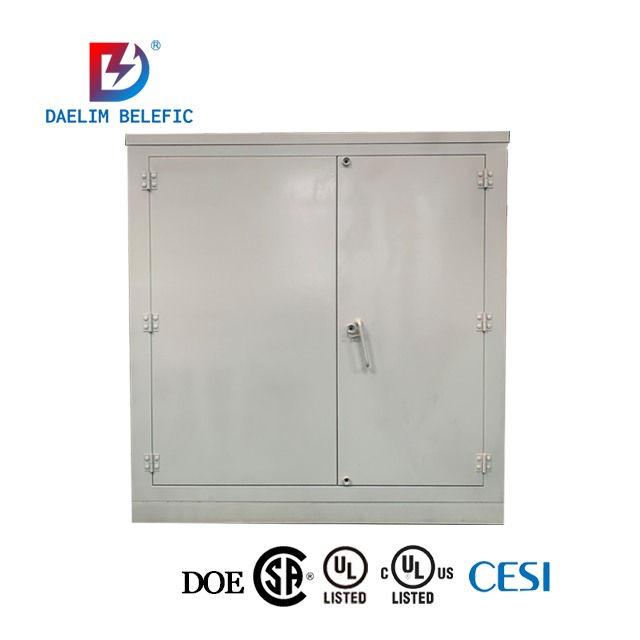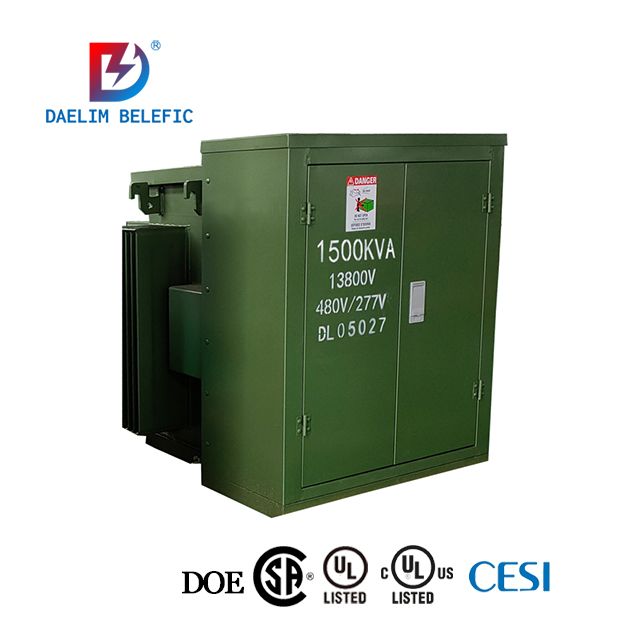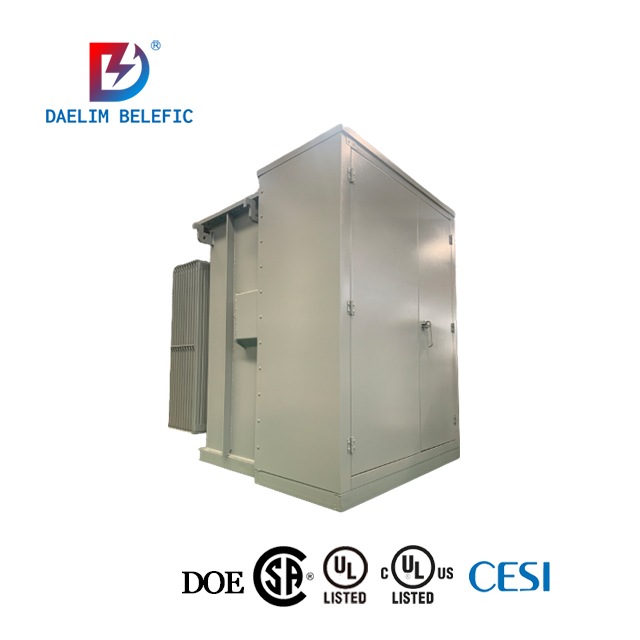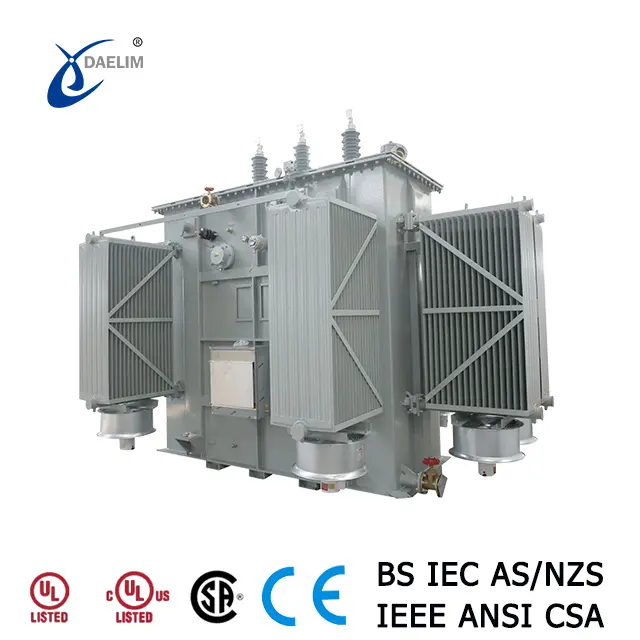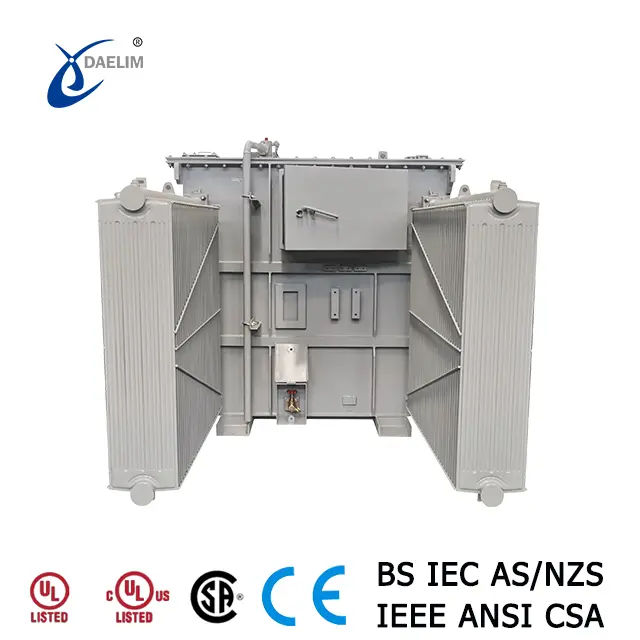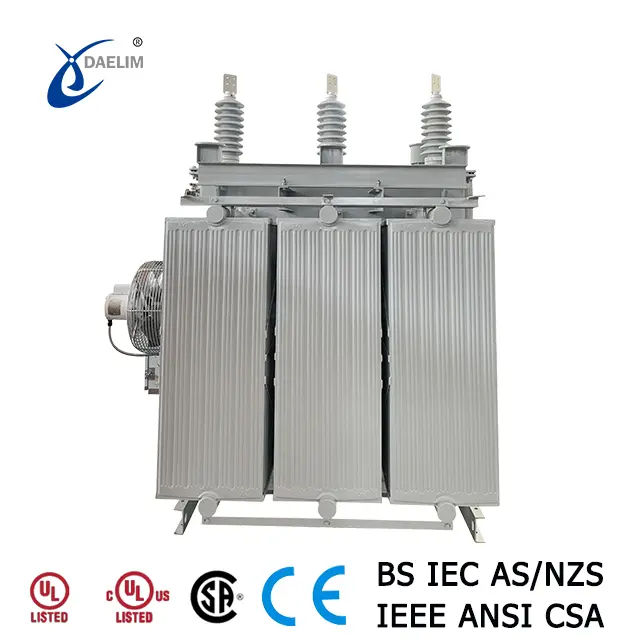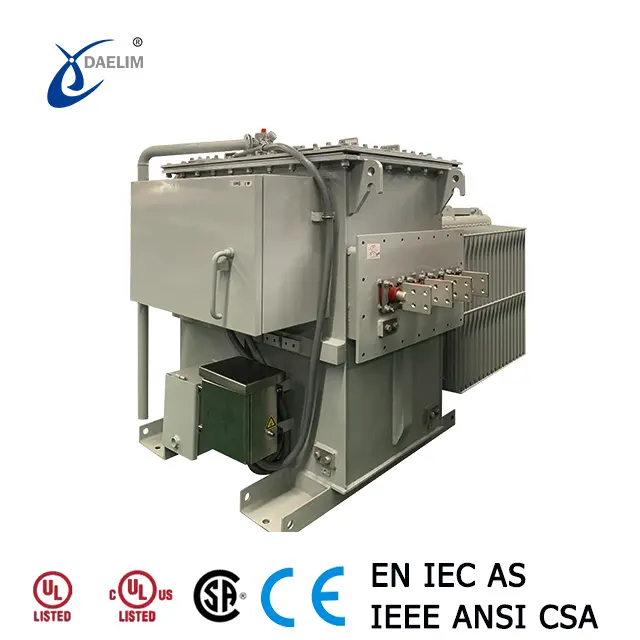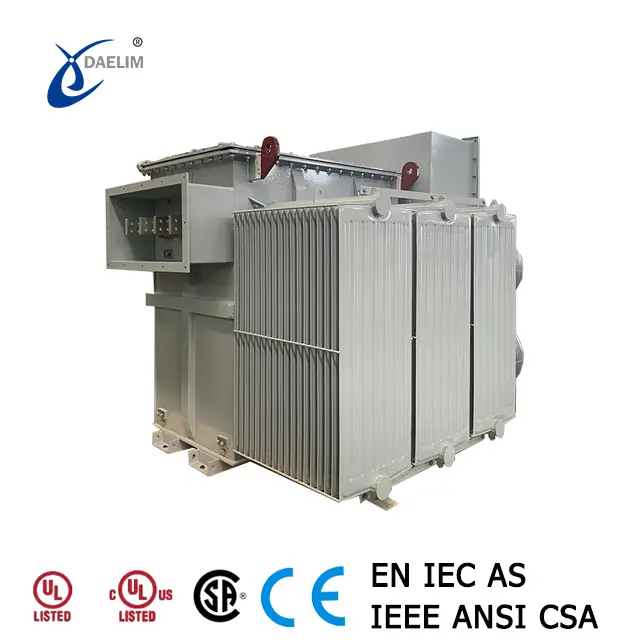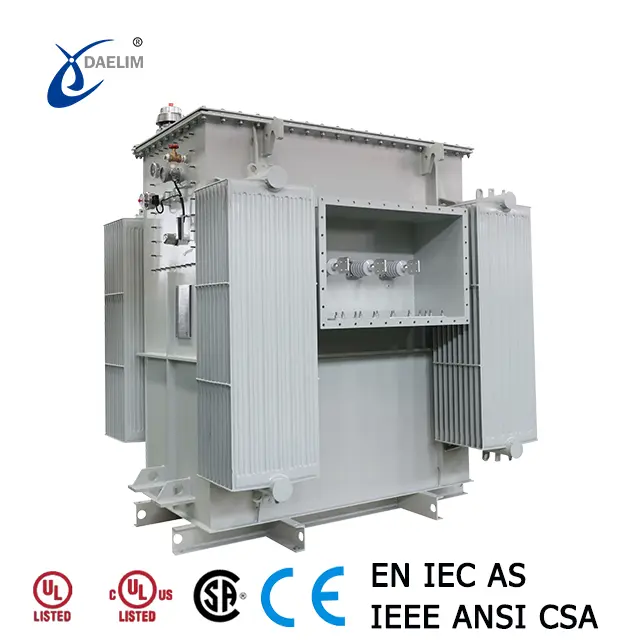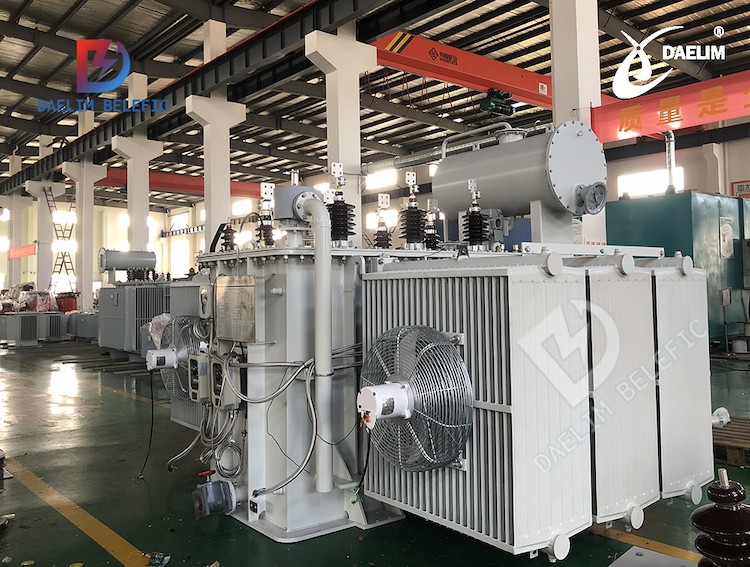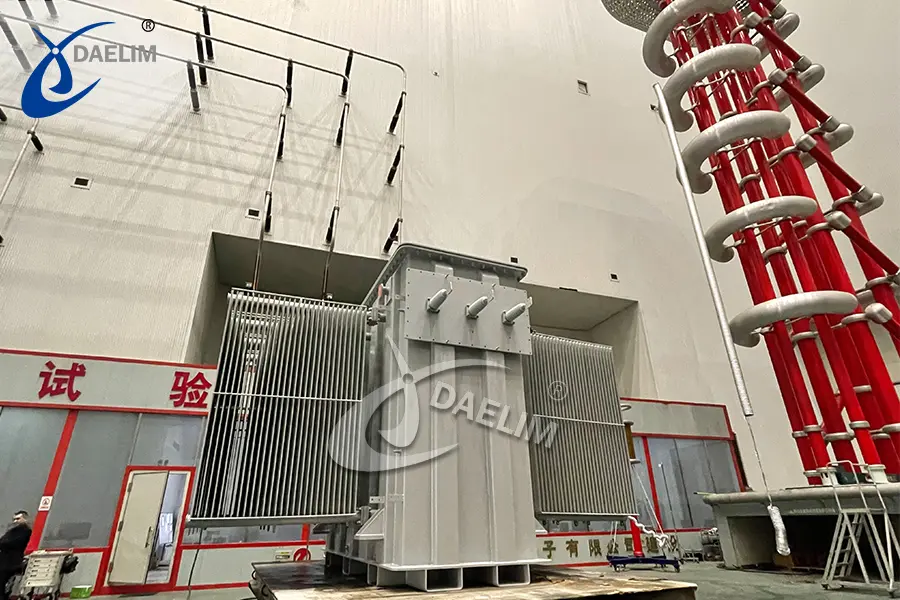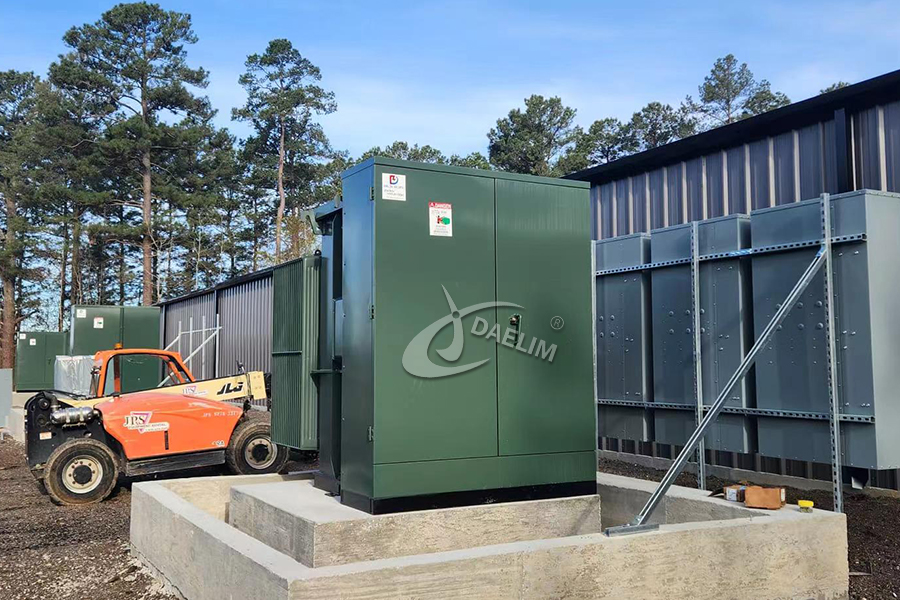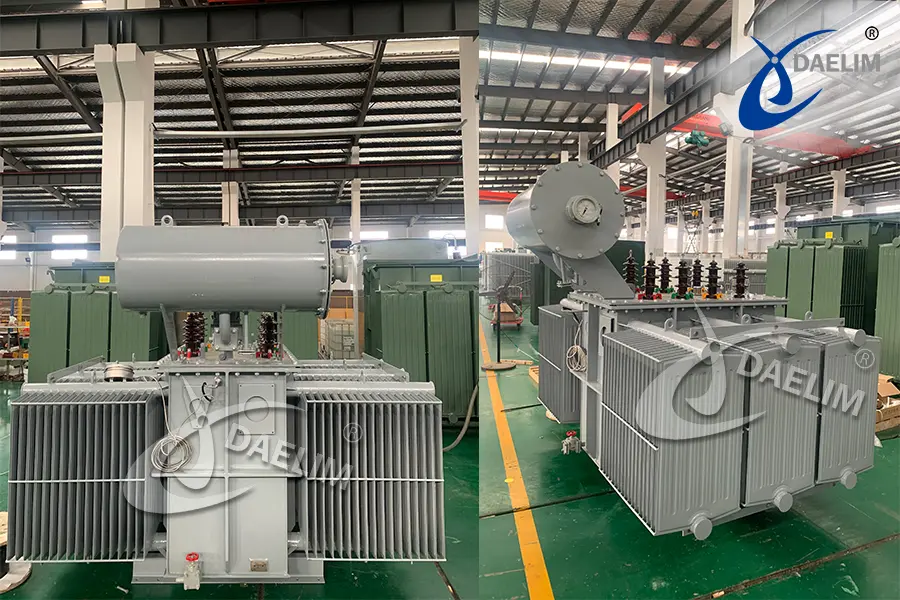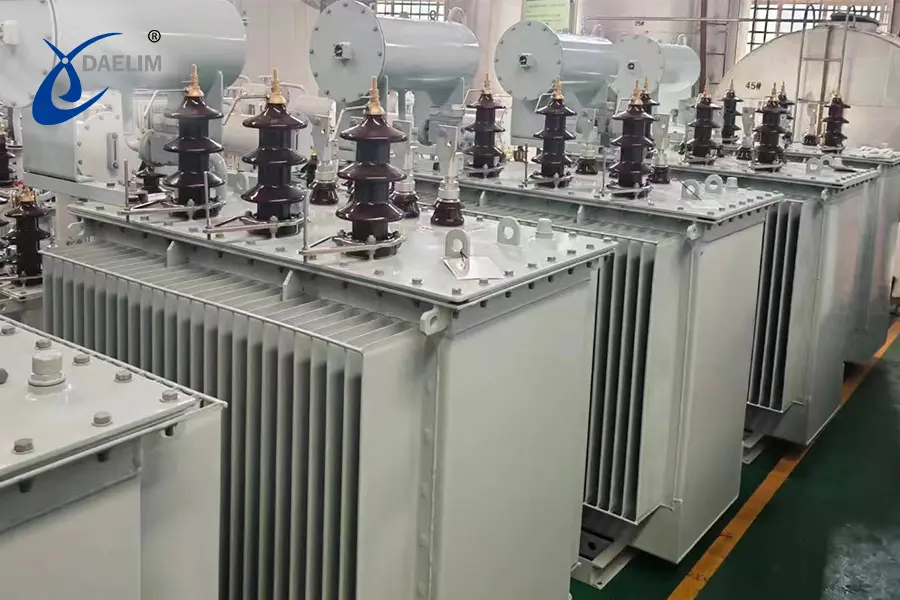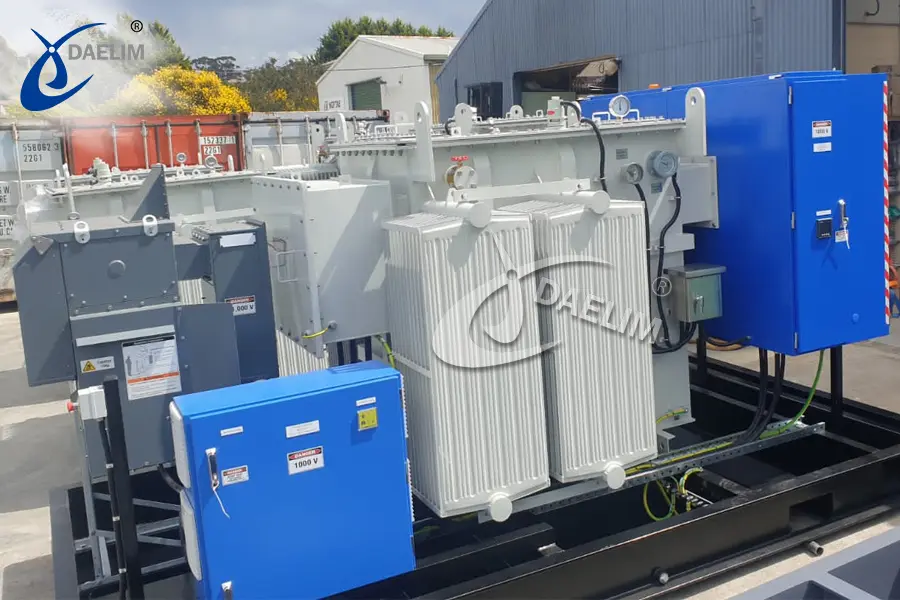Electrical Power Transformer Basic Guide
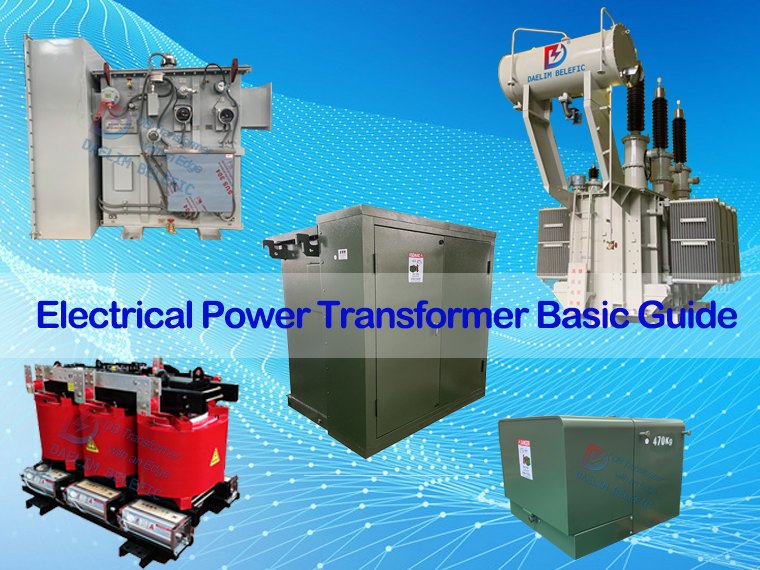
Electricity serves as the lifeblood of modern society and forms the cornerstone of national development. At the heart of the power system lies the electrical power transformer, an indispensable component utilized across power generation, transmission, substations, and distribution networks. It stands as a vital tool for both stepping up and stepping down voltages, crucially balancing efficiency and transmission losses in the power grid.
Definition and Function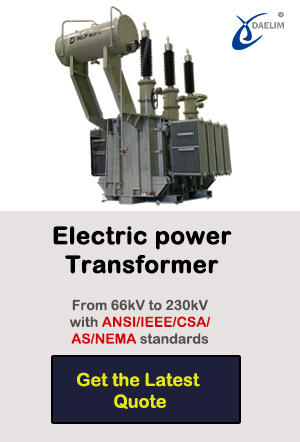
Electrical power transformers are pivotal within power plants and substations, facilitating the efficient transmission of electric energy. These devices elevate voltage for long-distance transmission while lowering it to meet local consumption demands. They operate based on the principles of electromagnetic induction, where two or more windings wound around a common iron core create an alternating magnetic field.
Read more: The Ultimate Guide to Electric Transformer
Types of Electrical Power Transformers
Transformers vary in type based on cooling methods and phase configurations:
Oil-immersed Transformers
Filled with transformer oil for cooling and insulation, these are common in various projects. They operate under standard temperature ranges and offer variations like mineral and vegetable oil-filled options (marked as ONAN and KNAN respectively).
Dry-type Transformers
These feature air as a cooling medium and are preferred where safety and environmental considerations are paramount, such as in buildings and airports.
Single-phase and Three-phase Transformers
Single-phase transformers suit civil applications like residential complexes, while three-phase transformers cater to industrial needs, supporting higher capacities and voltages up to 235kV.
Learn more: How Much Do You Know For The Different Types Of Transformers?
Nameplate Information
A transformer’s nameplate displays essential operational details:
- Rated Capacity: Output capacity under normal conditions, expressed in VA, kVA, or MVA.
- Rated Voltage and Current: Terminal voltage and current specifications.
- Losses: No-load and short-circuit losses, crucial for operational efficiency assessments.
- Connection Group: Indicates winding connections and phase relationships.
Learn more about Transformer Nameplate
Significance of Transformer Grounding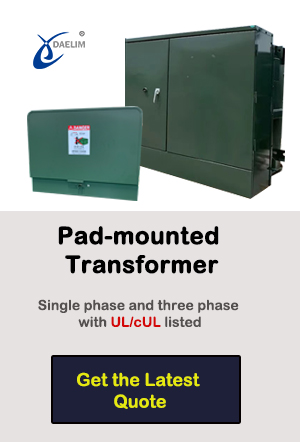
Proper grounding of the transformer’s iron core is critical to prevent operational issues like potential breakdown discharge and overheating. Single-point grounding ensures stability and minimizes risks associated with floating potentials.
Customization and Sales
Daelim Transformer, a leading transformer manufacturer, offers:
- Rapid production times of 6-8 weeks.
- Competitive pricing without compromising on quality.
- International certifications (UL/cUL, CSA, CNAS, SGS) and proven track record with global brands.
- Extended warranty periods and dedicated service centers across key regions.
Conclusion
As a trusted supplier in the transformer industry, Daelim Transformer stands ready to meet diverse customer needs—from power companies to specialized sectors like blockchain. Their commitment to quality, efficiency, and customer satisfaction makes them a preferred partner in the global electrical power transformer market.
Contact Daelim Transformer for more information on how we can support your transformer requirements
Related Products
Related Article
13.8 kV 10.5 MVA Substation Transformer for Ecuador
A customer from Ecuador contacted Daelim Transformer for a 10.5MVA substation transformer (13.8kV high voltage, 2.4kV low voltage). Daelim Transformer provided a customized solution, conducted virtual factory tours, ensured rigorous quality control via video inspections, and offered post-delivery online training and ongoing support, fostering a successful partnership.
20MVA Power Transformer for the United States
This project involves the development of a 20 MVA three-phase power transformer tailored for the United States market. The primary voltage is 24.94kV, and the secondary voltage is 4.16kV, indicating it functions as a step-down transformer. The design and production fully comply with IEEE C57.12.00 standards and have passed third-party UL team testing. All accessories also adhere to IEEE standards. FR3 vegetable oil serves as the insulating liquid for the transformers.
2600 kVA Pad Mounted Transformer For Blockchain In Kansas
This morning, I received the on-site photos of the pad-mounted transformers from the customer, and I was overwhelmed with excitement and joy. These pad-mounted transformers are installed at a 20MW blockchain site in Kansas, USA. A total of 5 sets of 2600 kVA pad-mounted transformers, all UL-listed, are being deployed at this site. Currently, 3 sets have already been installed onsite and are scheduled to be powered on imminently.
2000 kVA Oil immersed Substation Transformer For Portugal Market
Today, we introduce Daelim Transformer's export of a 2000 kVA oil-immersed substation transformer to Portugal. This transformer represents our commitment to delivering high-quality electrical solutions to global markets. With meticulous design and engineering, this transformer is tailored to meet the specific needs of our customers in Portugal, ensuring reliable performance and efficiency. Daelim Transformer continues to uphold its reputation for excellence, providing innovative solutions that power progress and reliability worldwide.
500 kVA Distribution Transformer for the Greek Market
Today, we're thrilled to showcase a European transformer project tailored for the Greek market. This project involves the supply of 500 kVA distribution transformers, with an input voltage of 20 kV and an output voltage of 400V. The client has requested adherence to both IEC and TIER-II energy efficiency standards. With a total quantity of 5 units, this project marks another milestone in Daelim Transformer's commitment to delivering high-quality solutions worldwide.
1500 kVA Transformer for Australian Mining Project
Introduce the 1500 kVA transformer tailored for Australian mining projects. The transformer operates in a three-phase configuration, with a total of four units deployed. Notably, its primary voltage stands at 11kV, while the secondary voltage is 1kV. Characterized by its compact size, emphasis on safety, and unwavering reliability, this transformer is meticulously designed and manufactured to meet the stringent requirements outlined in AS 60076 and AS efficiency value standards.Let's delve into the key features and specifications of this essential solution.

